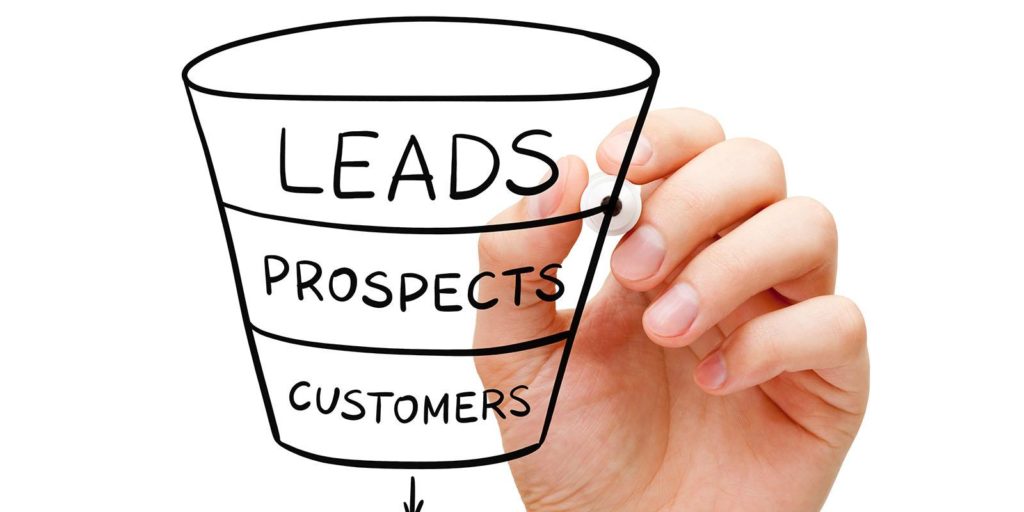For many of us B2B marketers, determining how to approach our leads and even figuring out where they are in the sales funnel can be a struggle. And with the responsibility to hand off leads to sales and contribute to the overall ROI of our organization, the pressure to be able to do so becomes immense. But, without the ability to speak to our leads directly, it’s not always crystal clear where they stand or how to facilitate that handoff.

Thankfully, lead scoring alleviates some of that uncertainty by enabling us to understand where our customers are at based on certain characteristics. The way it works is that you assign every action or interaction a point, so you can better gauge where your leads are and when and who needs to step in to help them keep moving along. Sounds simple, right?
However, if you’ve never used lead scoring before, it’s probably challenging to know where to start and what to measure. After all, many of us may be dealing with various types of customers and accounts, and the sales cycle and approval process may look different for each of them.
Luckily for you, we at Act-On know a thing or two about implementing a successful lead scoring program, and today we’re sharing our essential tips with you. If you’re considering or in the process of implementing lead scoring, these are 5 critical pieces you should consider before you hit the ground running
How to Identify Your Ideal Customer
Before you begin scoring leads, you need to identify who your ideal customer is. Taking this step will allow you to tailor your lead scoring program so you can identify the right opportunities from the beginning, and use your scoring system to improve your nurturing efforts.
Your ideal customer description should consist of explicit criteria – such as the business sector, title, industry, and company. You can easily collect information using a form on your website and, once you determine a point system, assign points to each lead based on how well they match those characteristics. When prospects receive a certain score, an integrated marketing automation and CRM tech stack allows the head of marketing to notify Sales that it’s time to jump on an opportunity.
Clearly Define the Stages of Your Sales Cycle
We can assume that if our leads keep engaging with us, they are moving along through the sales funnel. However, according to Marketing Sherpa, 61% of B2B marketers send all leads directly to sales, but only 27% of those are usually qualified. What that means is our sales team is wasting their efforts on opportunities that will never close, and there could have been more nurturing coming from marketing.
Part of a successful lead scoring program is being able to understand where your leads are in the sales funnel. This will help you determine what kind of content and resources you need to distribute to them, as well as who should be involved and when.
Start by defining the characteristics of each stage in the sales funnel. What is it that your target customers are looking for and need as they move along? Next, based on those characteristics, figure out the steps they’ll need to take to graduate to the next phase.
For example, somebody at the top of the funnel will need to get acquainted with your brand and demonstrate they are a good fit to be a customer before they move to the consideration stage. You should give them points based on completing certain actions such as opening an email, clicking through to your website, or watching an overview video. Once they’ve accumulated enough points to graduate to the next phase, you can adjust your nurturing efforts to match their needs.
Determine How Many Points to Assign to Each Step or Action
Speaking of determining when your leads graduate to the next phase of the sales cycle, the way you’ll do that is by requiring them to earn a certain number of points before they do. Take the characteristics you assigned to each phase in your sales cycle, break these up into steps, and assign points to each of them.
One thing to keep in mind is that not all actions are created equal or hold the same significance when it comes to demonstrating interest and fit. Consider what actions are critical to your sales funnel, such as filling out a form or scheduling a demo, and aim to assign those more points.
Figure Out Where You Should Subtract Points
As much as you want to increase your number of customers, it’s also important to acquire those that are truly a good fit for your product or service. After all, once you seal the deal, you’ll want to ensure any new customers will be able to truly benefit from your partnership, as well as serve as ambassadors and good representatives for your brand.
That is why you should subtract points for any actions that can imply this is not your ideal customer, such as if your product or service is too complicated or not enough for what your customers want to do. If you ignore any of these warning signals and pass on a bad prospect to sales, your lead might feel cheated once they realize your product or service was not the best fit, and your sales team will have wasted their time.
Make Your Lead Scoring Program Work for You
A benefit of lead scoring is that it helps marketing do a better job nurturing leads, and equips sales to seal the deal when the moment is right. But, to accomplish that, you need to ensure the right communication channels are in place. Luckily, having the right pairing of marketing automation and CRM can help you not implement your lead scoring program, but also efficiently pass along qualified leads to sales.
